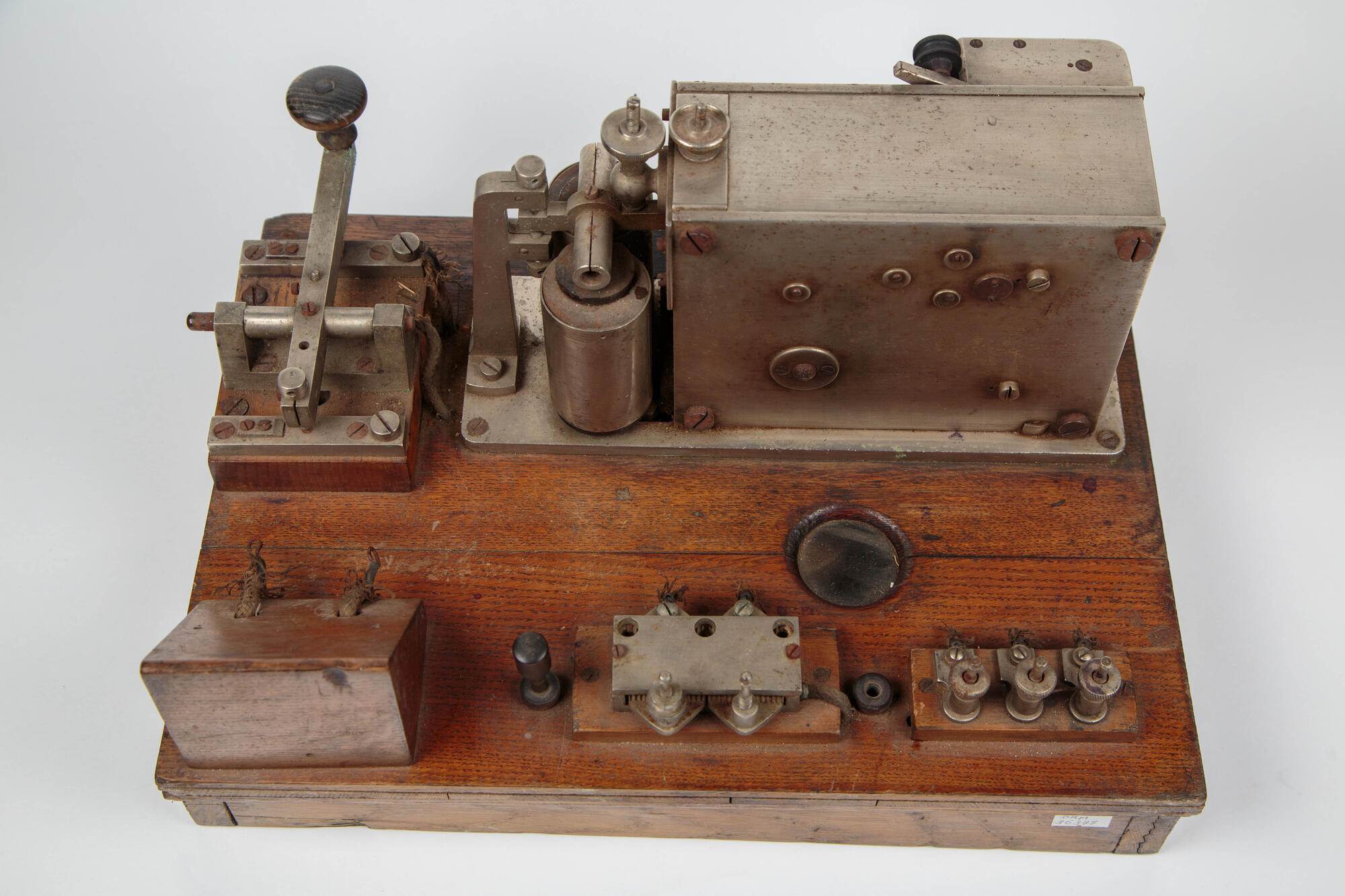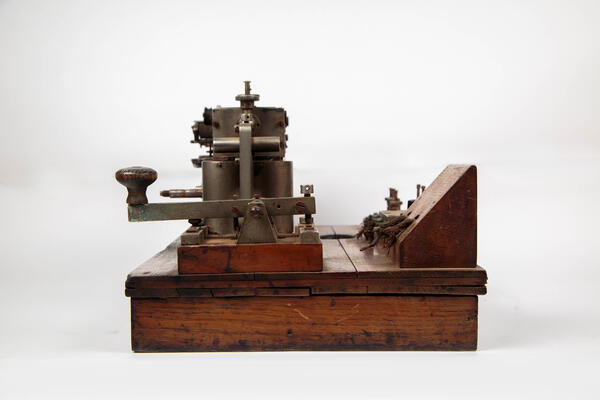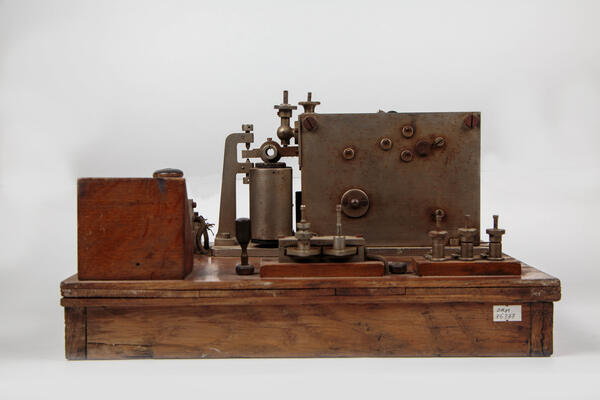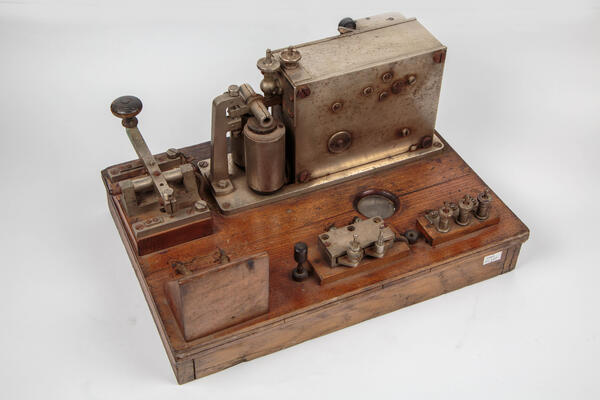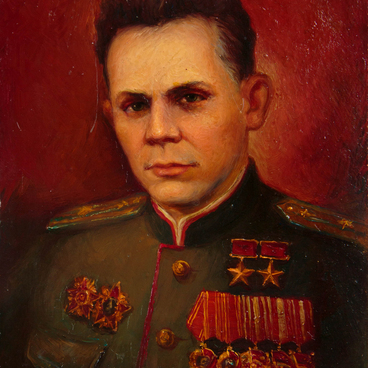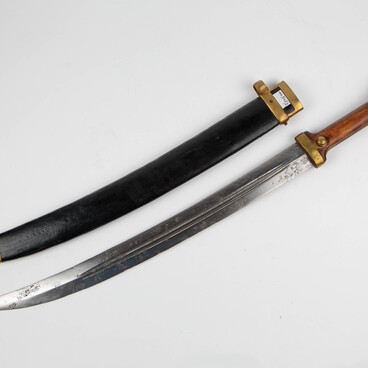The American inventor Samuel Morse (1791–1872) was born in Charlestown, USA. After graduating from Yale College, he worked as a clerk in Boston. In 1811, he went to England to study at the Royal Academy of Arts in London and returned to the States in 1815.
For quite a long time, Samuel Morse was an artist. In 1825, he founded the National Academy of Design in New York. In 1830, he began making trips to Europe to further study art. He visited Italy, France and Switzerland.
It was only in 1836 that he managed to get acquainted with a description of the telegraph, designed by the German physicist Wilhelm Eduard Weber three years earlier. The invention fascinated Morse. In 1837–1838, he was developing his own model and working on his code together with Alfred Lewis Vail.
However, the first electromagnetic railway telegraph was invented by the Russian scientist Pavel Lvovich Schilling in 1832. He also proposed a code in which each letter of the alphabet corresponded to a certain combination of characters that could be turned into telegraph messages.
Before Morse completed his work, the telegraph of Carl Gauss and Wilhelm Weber was released in Germany and the transmitting device of William Cooke and Charles Wheatstone was used in the UK. Morse based his model on the telegraph developed by Gauss and Weber. Samuel Morse traveled to Europe and to the Russian Empire to promote his device.
His telegraph consisted of a brass case on a wooden base. Inside, there was a clockwork mechanism, an electromagnet connected to a wire and the ground, and two terminals. The cogs and guides protruding from the housing recorded the received signals on a narrow strip of paper.
In the mid-19th century in the Russian Empire, Boris Semyonovich Jacobi (Moritz Hermann von
Jacobi) made attempts to set up telegraph communication between St. Petersburg
and Moscow. However, due to a number of failures he was asked to abandon the
project. As a result, the Russian government chose the company of Werner von
Siemens to complete the work. Morse and Siemens telegraphs were installed at
telegraph stations.
